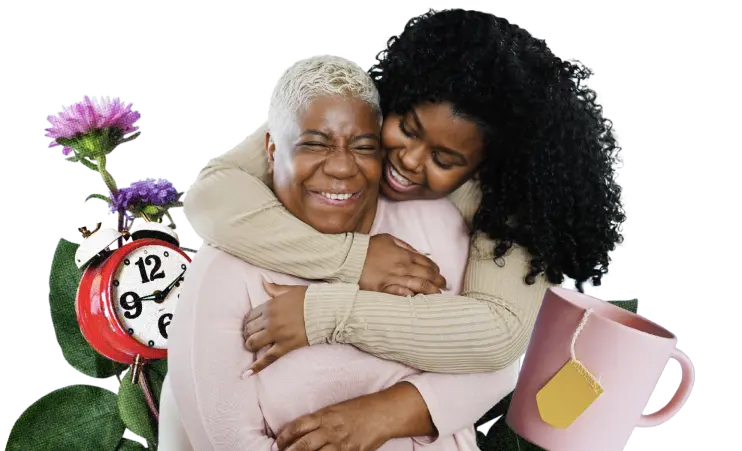
Anger and resentment are common feelings, and can make for great drama when used to highlight systemic issues. Just avoid “burden framing” – or naming the person as a problem – which can feel pretty “othering” to people who need care. Those kinds of stories turn up cliché and turn off audiences.
Story Sparks:
- Eunice is an attorney who took company-sanctioned unpaid leave when her child Vera faced a serious illness. Now she finds herself struggling to make partner at her firm and feels angry about the unspoken “care tax.” Especially since she sees how her male coworkers are valued for having families, where they see hers as a liability.
- Even though Abbie qualifies for at-home support from a professional care worker, it’s not enough hours to cover her needs. She’s feeling pressure to move into a facility to access more care, which is not what she or her family want. Now she’s in a fight for her very home.
- Wayne is tired of being on the waitlist to receive a ramp for his sister Zayna. He decides to take matters into his own hands by raising money on GoFundMe, but it’s not enough. He’s angry at the inefficient system that fails to deliver care in a timely manner. And Zayna is angry, too, when she’d much rather get back to schooling Wayne at Mario Kart.
- Nasim is queer and the only one of her siblings without kids, so when their father Yasir has a stroke, she is guilted into taking responsibility for managing his care. Yasir just wants to recover, not balance ancient sibling rivalries emerging in full force around him.
AVOID THE PITFALL
Disagreements do happen between family members when making decisions about care, but simply using care as a device to fuel drama between people who are not receiving it can reinforce ableist and ageist thinking. Stories are better when people are people, not props.
A quick note: scenarios described here are generalized from information that Caring Across Generations has collected through focus groups, polling, and other research. They are generalized scenarios and are not any one individual’s story, and they are not meant to be comprehensive of all experiences having to do with care. This resource is intended to illuminate new storytelling opportunities that also contribute to a more authentic and holistic representation of care on screen.
